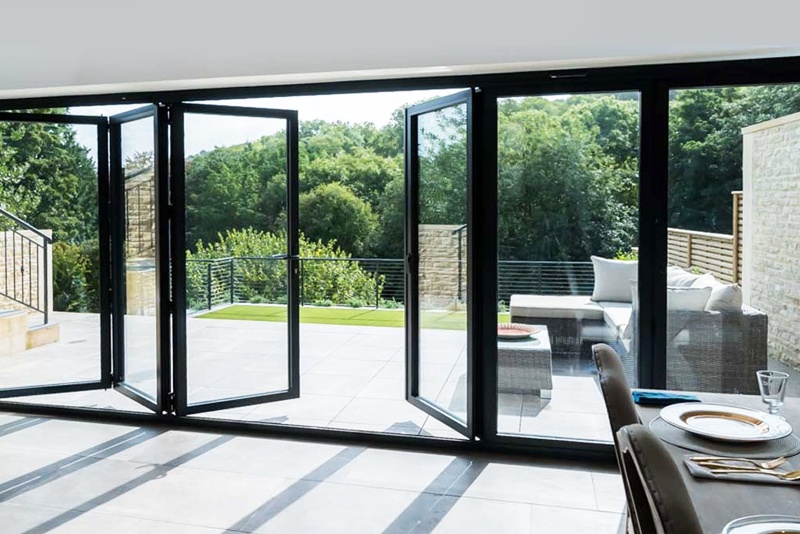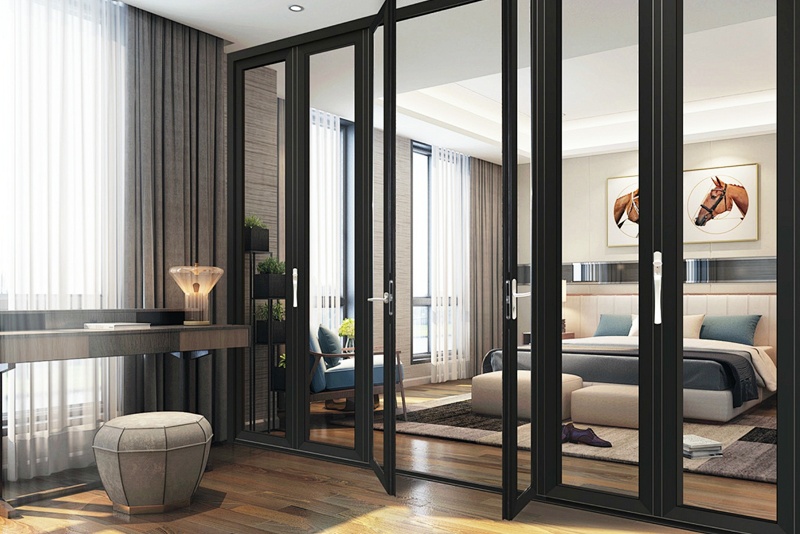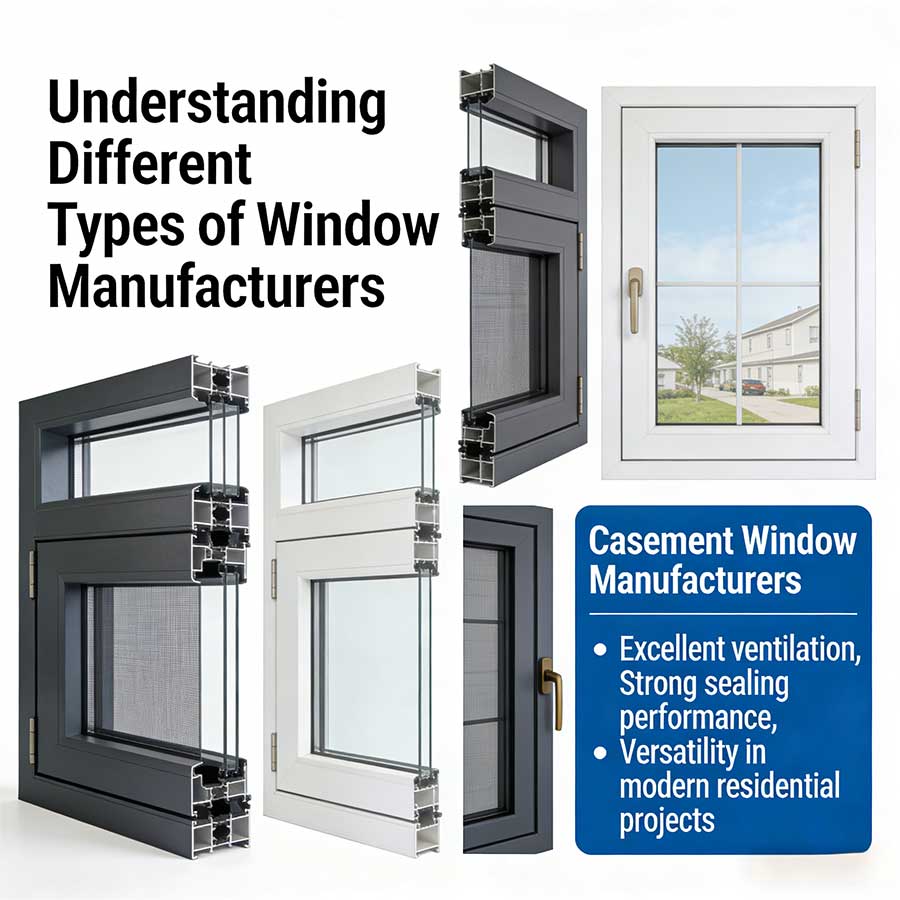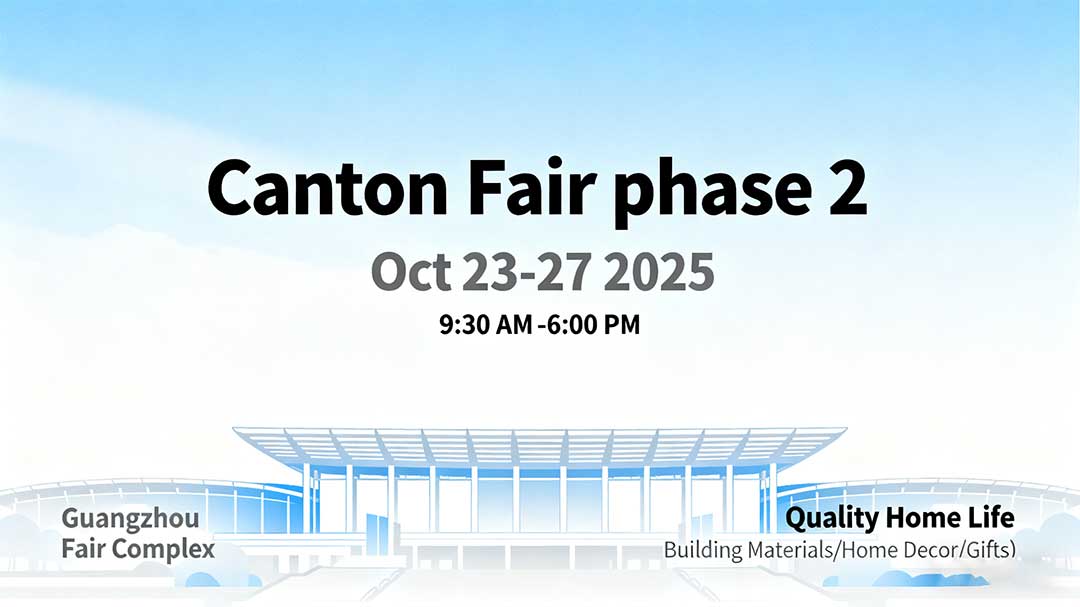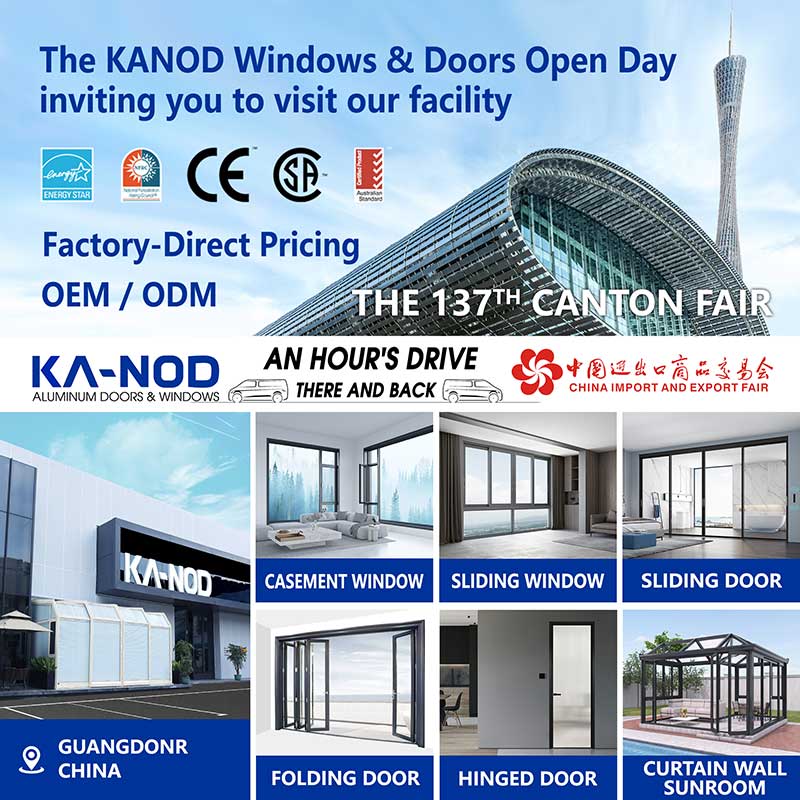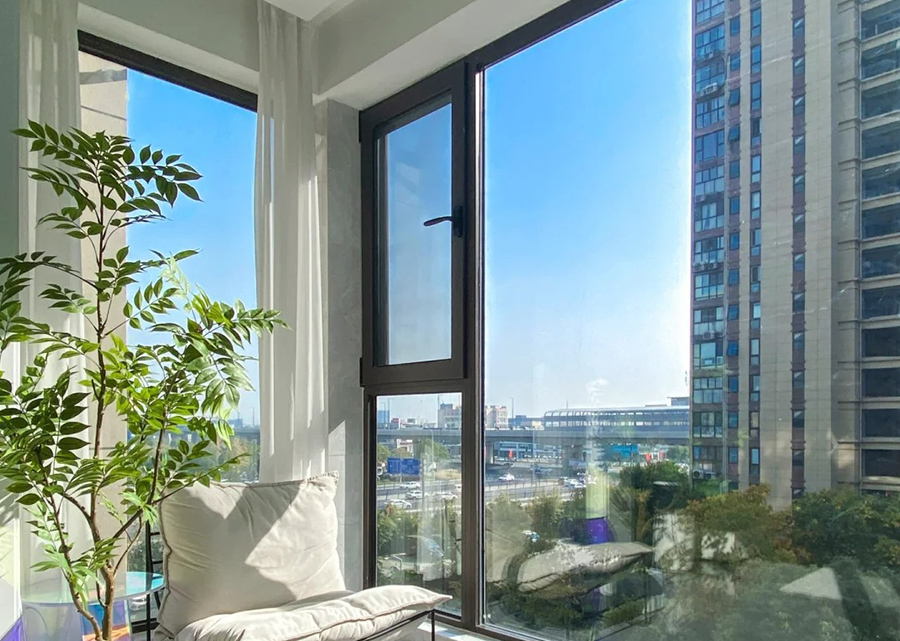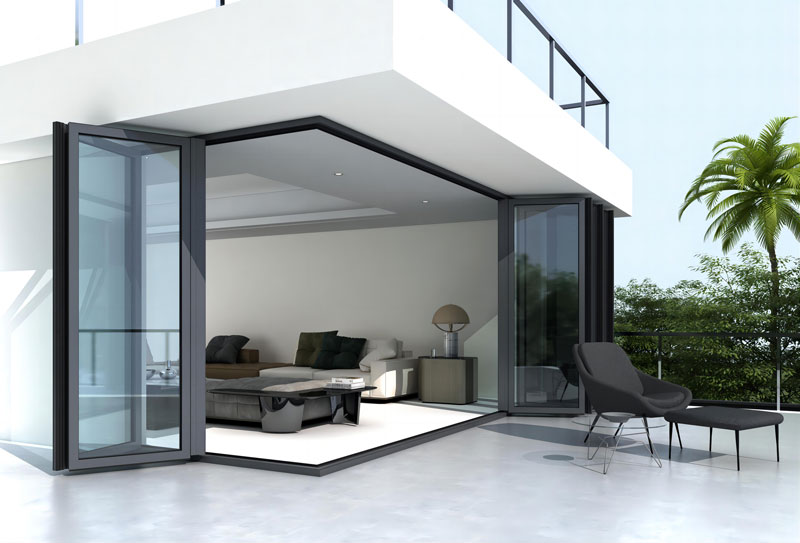Aluminum Windows Revolution: How Industry Leaders Are Redefining Architecture
Expert Insights: Aluminum Windows & Sliding Systems from Industry-Leading Manufacturers
The window manufacturing sector continues to push boundaries in response to shifting market needs. By marrying cutting-edge engineering with eco-conscious production methods, forward-thinking manufacturers are redefining architectural possibilities. Aluminum windows and horizontal sliding systems stand at the forefront of this revolution, delivering three core benefits that architects and homeowners actively seek: structural resilience, energy-saving capabilities, and contemporary visual appeal. From noise-dampening residential complexes to wind-resistant high-rises, these solutions address critical challenges across commercial and domestic projects alike. Our comprehensive analysis unpacks their technical merits, evolving designs, and strategic considerations for vendor selection.
Why Aluminum Windows Outperform Traditional Options
Built to Last with Minimal Effort
Engineered for extreme climates, aluminum frames naturally resist corrosion from salt spray, humidity, and temperature fluctuations. Where wood demands seasonal treatments and vinyl warps under UV exposure, aluminum maintains structural integrity for decades. Top-tier producers like KANOD take protection further through electrostatic powder coating – a process that bonds color pigments at molecular level, eliminating chipping and fading.
Energy Conservation That Pays Dividends
The secret lies in dual defense mechanisms: thermal breaks disrupt conductive heat flow between interior and exterior frames, while argon-filled double glazing creates insulating gas pockets. Real-world data from Energy Star partners shows 20-36% reduction in HVAC costs – savings substantial enough to offset initial investments within 3-5 years. Environmentally, this translates to removing 4.8 metric tons of CO₂ annually per 2,500 sq.ft property.
Design Freedom Without Compromise
Gone are the days of boxy aluminum profiles. Modern extrusion techniques allow slimmer sightlines (as narrow as 1.8 inches) while meeting ASTM E330 wind pressure standards. KANOD’s 7000-series alloys enable floor-to-ceiling glass walls with 45% more natural light penetration than conventional designs. Customization extends beyond RAL color charts – textured finishes replicate weathered brass or matte graphite for boutique commercial projects.
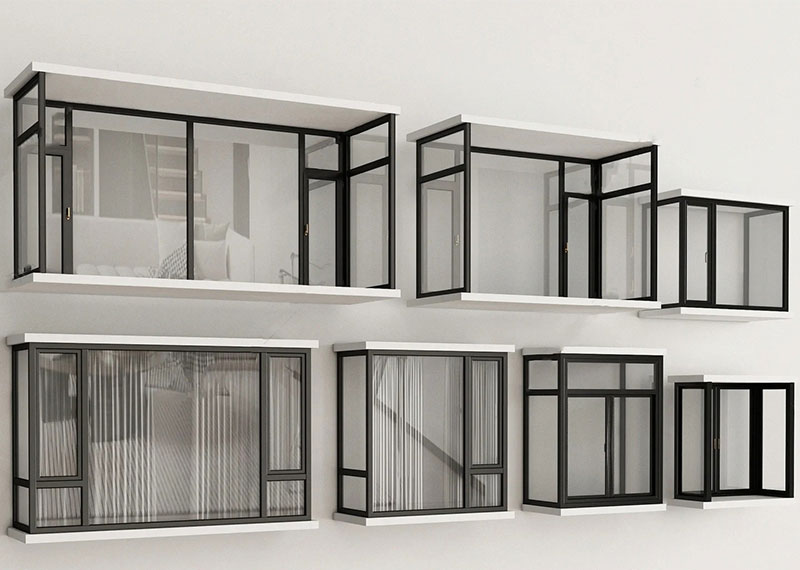
Custom shaped window for residence house
Strategic Advantages of Horizontal Sliding Configurations
Spatial Efficiency Redefined
Unlike casement windows requiring swing clearance, sliding systems glide effortlessly on heavy-duty tracks. KANOD’s dual-wheel carriages support panels up to 1,200mm wide with single-finger operation, perfect for space-constrained urban renovations. The hidden bonus? Easy integration with motorized smart home systems.
Climate Management Precision
Coastal properties benefit from adjustable ventilation slots that admit sea breezes while blocking salt spray. In cities, staggered opening positions (25%/50%/75%) let residents balance airflow with noise reduction – a feature highlighted in LEED-certified apartment complexes along Manhattan’s West Side Highway.
Curb Appeal Meets Functionality
Architects favor sliding systems for seamless indoor-outdoor transitions. KANOD’s flush threshold designs eliminate trip hazards, while optional integrated screens maintain views without insect intrusion. The clean aesthetic pairs equally well with industrial lofts and Hamptons-style estates.
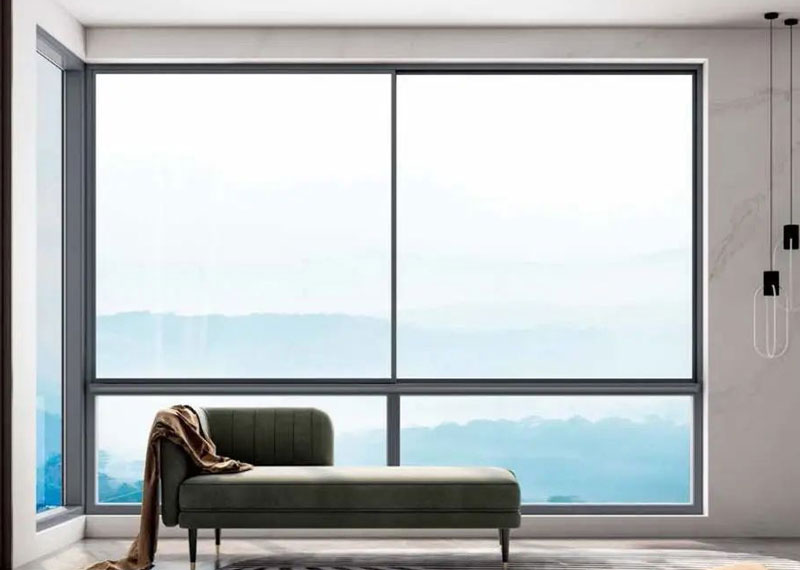
Kanod Scenic View Series double Sliding Windows
Manufacturing Breakthroughs Shaping the Industry
Sustainability as Standard Practice
KANOD’s manufacturing plants now operate on 100% recyclable aluminum material, with closed-loop water systems reducing consumption by 18,000 gallons daily. Their Passive House-certified window lines achieve U-values of 0.85 W/(m²K), surpassing California’s Title 24 requirements by 32%.
Digital Precision from Concept to Installation
Advanced firms employ computational fluid dynamics (CFD) simulations to optimize thermal performance before prototyping. On production floors, robotic welders achieve tolerances under 0.2mm – crucial for maintaining air tightness in high-altitude installations.
Vetting Window Suppliers: A Buyer’s Checklist
Decoding Certification Labels
While CE marks validate EU market compliance, look deeper:
AAMA 2605 indicates 10-year color retention
NFRC ratings quantify SHGC (Solar Heat Gain Coefficient)
IGCC certification guarantees insulated glass integrity
Balancing Scale with Specialization
Mega-suppliers excel in volume production, but niche players like KANOD deliver rapid prototyping – crucial when coordinating with fast-track construction schedules. Their R&D center processes custom orders in 96 hours versus industry-standard 3 weeks.
Conclusion:
Aluminum and sliding window systems have evolved from basic building components to strategic assets enhancing property value and occupant wellbeing. Partnerships with technically-certified manufacturers like KANOD prove particularly valuable when navigating complex projects requiring performance warranties (15+ years standard) and climate-specific engineering. As biophilic design and net-zero mandates gain traction, these technologies will remain indispensable in creating healthier, energy-autonomous built environments.



